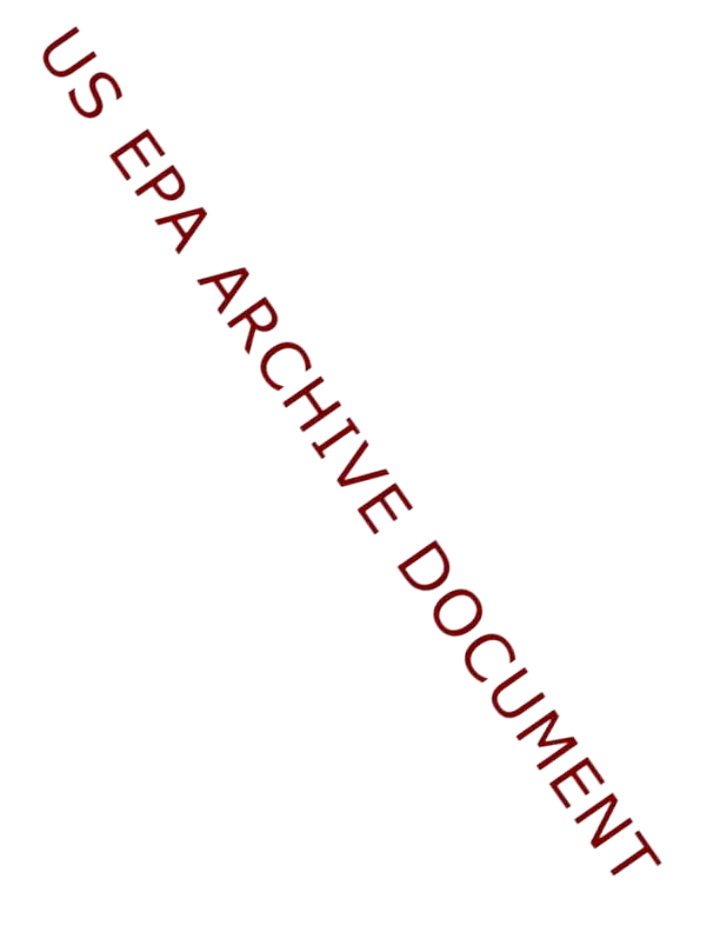



LITTLE TRAVERSE BAY BANDS OF ODAWA INDIANS Emissions Inventory Jon Mauchmar, Environmental Specialist
Quality Assurance Project Plans (QAPPs) � Purpose of the Emissions Inventory (EI) � In our case the EI was to learn about what sources are out there and track trends in pollution and air quality. � Provide education on air quality issues to tribal residents and government. � Evaluate the need for ambient air quality monitoring.
QAPP Cont. � How data will be collected (Use most recent) � Which pollutants will be included � We included CO, NO x , PM10 and PM2.5, VOCs, SO 2 , Pb, and Hg (LTBB is interested in bioaccumulation in fish) � CO 2 was included for mobile sources (largest CO 2 contributor for our Airshed). � Geographic area (Airshed) � EIs need to be tailored to the Tribe � Checking and assuring data quality (QA/QC) � ITEP TAMS Center is very helpful
Planning the EI � Geographic area to be covered by the EI. � Work with ITEP to determine a reasonable boundary. � Our Airshed includes the Reservation and all areas within 25 miles of the Reservation boundary. Mostly rural � 67% forested � 33% agricultural and small towns
Commonly Available Data � State EIs � National Emissions Inventory (NEI) � There may be some difference in the State and EPA data (e.g. MI airports) � Emissions estimated by county and listed in large spreadsheets � I narrowed to counties in our Airshed � Narrow to pollutants included in the scope
Other Data to Consider � Percentage of Tribal citizens with respiratory issues like asthma. � Department of transportation (how many miles of unpaved roads in Airshed?) � Census data – I learned that our side of Michigan is growing in Population. � Percentage of homes with wood stoves, natural gas, or propane.
How do you calculate emissions? � You need an emissions factor. � The quantity of pollution produced in relation to the amount of raw material burned or processed. � There are lots of emissions factors and calculation tools available if you want to calculate emissions yourself.
Point Sources � 100 tons per year (tpy) of any criteria air pollutant excluding lead � or 5 tpy of lead � 10 tpy of any single hazardous air pollutant (HAP) � 25 tpy of a combination of HAPs
Point Sources Cont. � Get coordinates to determine which sources are in your area of interest.
Area Sources � Groups of similar individual sources spread over a given area (e.g. gas stations). � They are usually estimated more accurately as a single collective source for a County or Tribal area. In many cases, population or economic data can be used to make estimates (e.g. annual county wide fuel sales).
Mobile Sources (on-road) � On-road � Any vehicles traveling on the highway. � Emissions data retrieved from State EI. � Emissions were calculated for each county. � I worked with GIS to determine the percentage of each county in the Airshed. � Tribal Airshed percentages were taken from the total emissions quantities estimated for each county.
Carbon Mercury Nitrogen PM10 Primary PM2.5 Primary Sulfur Volatile Organic Monoxide (lbs) Oxides (Filt + Cond) (Filt + Cond) Dioxide Compounds County Name Carbon Dioxide Antrim 172,940.37 3,449.61 0.055 690.10 43.45 30.65 3.04 330.29 Charlevoix 181,299.67 4,325.56 0.056 742.80 45.98 32.52 3.20 431.75 Cheboygan 134,681.13 3,586.85 0.065 567.86 19.42 16.00 2.47 308.77 Emmet 148,271.21 4,696.69 0.074 576.50 22.00 16.99 2.79 435.12 Leelanau 12,167.47 348.94 0.006 46.68 1.68 1.31 0.23 30.98 Mackinac 75,587.26 1,502.69 0.037 278.81 10.35 8.43 1.38 112.81 Otsego 90,145.13 2,334.74 0.043 348.45 12.52 10.35 1.65 190.47 Schoolcraft 9,215.60 123.20 0.002 38.17 3.12 2.13 0.15 13.14 Airshed Total 824,307.85 20,368.29 0.338 3,289.36 158.52 118.38 14.90 1,853.33 Carbon Monoxide Mercury Charts and tables with Nitrogen Oxides Airshed totals are useful PM10 Primary (Filt + Cond) for the EI report. PM2.5 Primary (Filt + Cond) Sulfur Dioxide Volatile Organic Compounds
Mobile Sources (non-road) � Non-road � Any vehicle or mobile machine used mainly off-road. � Non-road emissions data was provided by the Lake Michigan Air Directors Consortium (LADCO). � We calculated totals and created separate tables for airport traffic, and recreational and commercial watercraft. � Tribal Airshed percentages were taken from the total emissions quantities estimated for each county.
Watercraft � Our location makes recreational and commercial watercraft emissions particularly significant. � Over 10,000 acres of inland lake surface area on the Reservation alone. � Percentages were calculated based on feet of shoreline within the Airshed. Great Lakes and inland lakes with an area over 100 acres were included in this calculation.
Airport Traffic
Conclusion � Conducting an EI is a great way for a new air quality specialist to learn about an Airshed’s sources. � Provides a foundation/reference for your air quality work. For example, providing education on the most significant pollutants for the Airshed. � In our Airshed we generally have good air quality by todays standards. But how much cleaner was the air 300 years ago, before the existence of the sources we inventoried?
Questions?
Recommend
More recommend